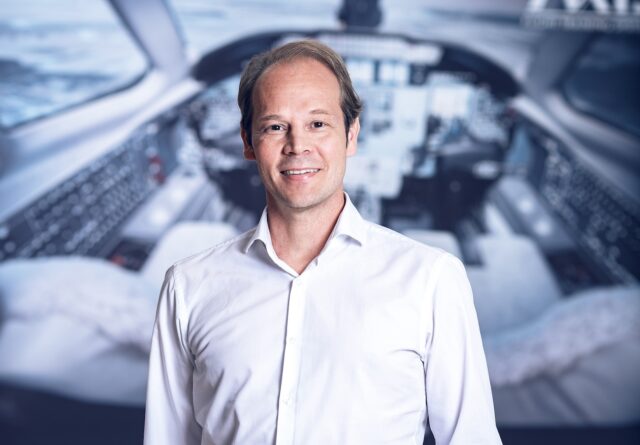Virgin’s SAF flight: major milestone or nail in the coffin for net zero?

Virgin Atlantic’s historic flight on 100% sustainable aviation fuel (SAF) took off from London Heathrow to New York JFK on 28 November. Professor Patricia Thornley, director of the Energy and Bioproducts Institute at Aston University, and director of the Supergen Bioenergy Hub, explores the impact of that sustainability milestone.
Last week’s flight across the Atlantic on 100% sustainable aviation fuel is a huge achievement for the aviation industry, but does it mark a major milestone or a nail in the coffin for our net zero journey?
We have known how to make aviation fuel (from fossil fuels) for a long time. We developed and tweaked our engines to suit the fuel we could produce, so they can go faster, further and more efficiently with lower emissions.
Switching the source of that fuel to a renewable source (be that used cooking oil, sugar cane bagasse or wood residues) means using a very different set of chemical reactions to aim to produce exactly the same chemical fuel specification.
This has been in development in labs and test facilities around the world for many years. We knew the fuel composition seemed to be the same and we knew it ran fine in test engines, but achieving continuous stable operation in a real flight really is a major milestone.
‘Still a long way to go’
However, there’s still a long way to go. In recent years we have tested, modelled and projected the potential of sustainable aviation fuels (SAF).
Having completed the flight, we now have real data. That paves the way for detailed consideration of the (non-CO2) emissions from the flight: things like particulates and NOx (nitrogen oxides). It allows us to start to build up data on engine performance so we can more confidently assess long-term maintenance requirements.
But perhaps most significantly it provides the industry with the confidence to really start to scale up this emerging sector. That should bring economies of scale and ultimately reduce costs.
Of course, there will be concerns that this could normalise and embed flying in our travel system in a way that could make it difficult to reach our net zero pledges.
One flight with SAF is OK, but we certainly don’t have enough used cooking oil to fuel the entire sector, and estimates of global sustainable biomass resource vary hugely.
Also, the process of SAF production requires very significant energy input. If we can make that “green” energy then the carbon intensity of the SAF will be low, but the energy required will still be significantly more than today. That is fine in a world where we have an abundance or excess of renewable energy supply, but we are not in that situation yet.
‘Risks to manage’
So, there are risks to manage. We need to focus on maximising sustainable feedstock provision and on improving efficiency of production processes.
Some argue that using CO2 (either from atmosphere or from flue gases) as a starting block for SAF makes more sense than using used cooking oil, but thermodynamically that is challenging and again brings us back to the need to input significant amounts of renewable energy.
Overall, the flight is a huge technical milestone, with great environmental potential. But there is a lot of work still to be done on fuel production efficiency, integration of CO2 removal/capture with fuel synthesis, scale-up and cost-reduction.
There is also a need to establish a robust framework for sustainability provenance. In many ways, the hard work starts here!
Subscribe to the FINN weekly newsletter
















